FUENF-G.de’s “Connect2Innovate” promised inspiring keynotes, application-oriented discussions about 5G campus networks and valuable networking opportunities. And the participants were delighted. Representatives of the 5G community met in a pleasant atmosphere for an exchange of ideas, which was characterized by practical presentations and lectures as well as constructive discussions.
“Just do it” – that was the final appeal of the 5G community, which met for a stimulating event in Würzburg. The focus was on 5G campus networks, which continue to grow in Germany and around the world. However, the growth of this market has so far fallen short of expectations. Why this is the case was one of the many questions discussed at „Connect2Innovate“ by FUENF-G.de.
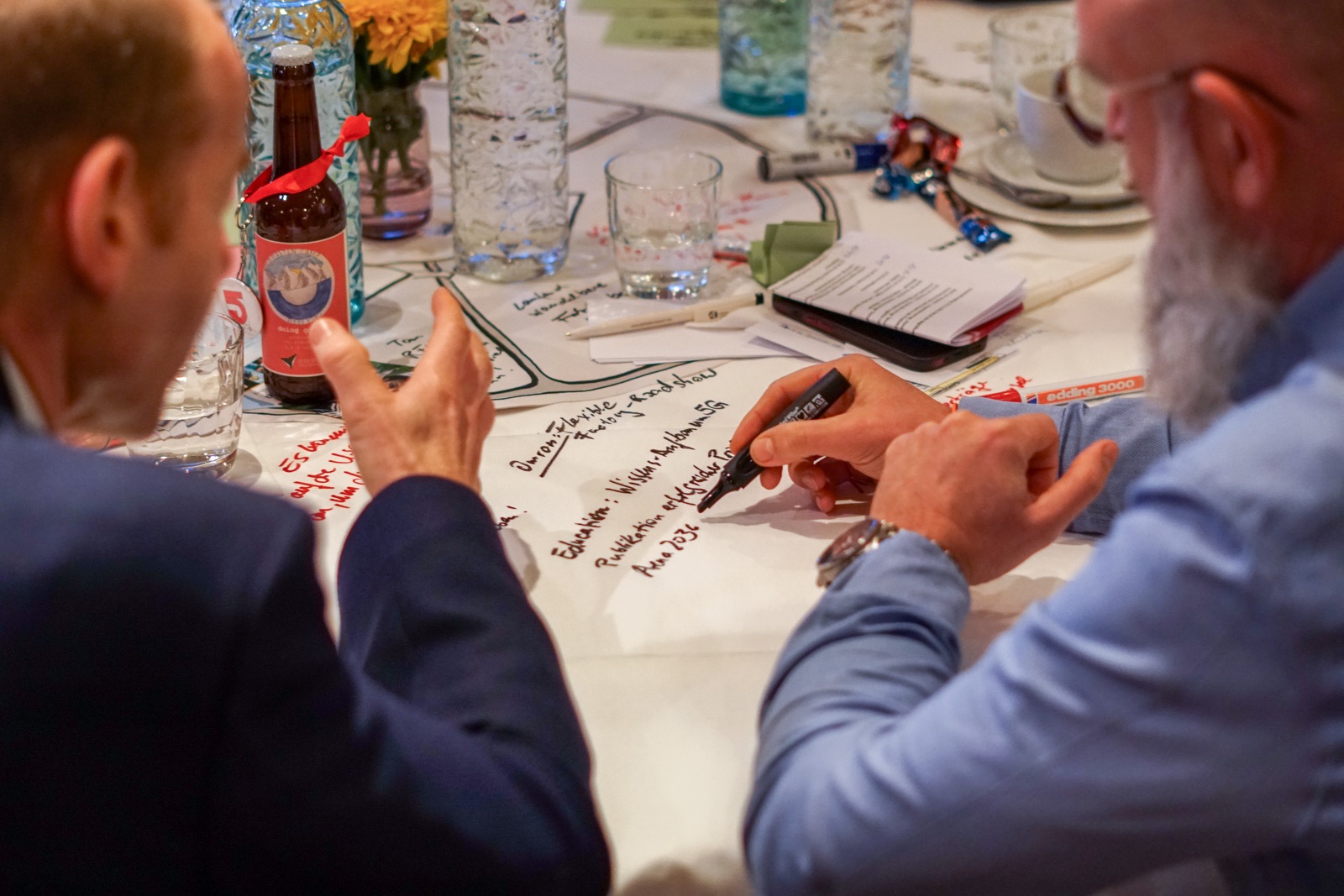
Working groups developed concepts for market development and more attention for the topic of 5G campus networks.
However, the focus was on use cases to show users what opportunities their own 5G infrastructure can offer. The sponsors Verizon Business and Nokia presented experiences from customer projects and their own applications, and the participants also gained interesting insights into the 5G activities of SEW-Eurodrive. The study by Nokia and EY on the industrial metaverse and the analysis by ABI Research on 5G in industry highlighted different trends in various market regions, sectors and company categories.
Practice shows diverse opportunities
One of the findings from the survey of users and those who want to become users: There is no one “killer” use case that justifies a 5G campus network in every case – but there are plenty of applications that are worthwhile. Last but not least, as a secure, wireless broadband technology, 5G is essential for the digital transformation of companies.
Another result of the Nokia-EY analysis is also worth noting. According to the survey, users of 5G campus networks were more satisfied with the possibilities and effects of this technology than those who were still in the implementation phase. This means that the expectations associated with the decision for a private 5G network are even exceeded in practice.

Stefan Kindt, Technology Evangelist Nokia, introduced the topic the evening before with the first keynote, …
Profitability only a question of time
This finding was unanimously confirmed by the users and service providers present from their practical experience. Once the 5G campus network is in operation with an initial application, it is easy to come up with further ideas for what else it can be used for – often including use cases that had not even been considered beforehand.
This effect should not be underestimated when considering the question of profitability. This is because investment expenditure can often not be justified with just one use case. With the second, third or fourth application, on the other hand, the RoI (return on investment) with the additional efficiency gains is achieved in a reasonable amount of time. And there should be no doubt about the scalability of a 5G campus network.
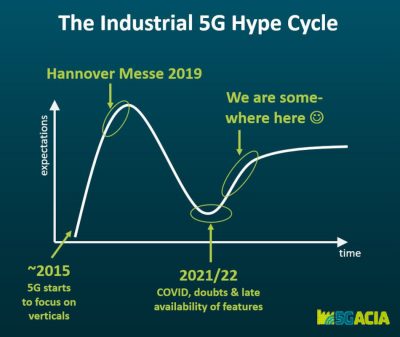
Starting from the “valley of tears” in 2021/22, Industrial 5G is now slowly taking off. The conditions for this are certainly in place.
While there are plenty of examples of companies where the Wi-Fi is “full”, i.e. the number of applications cannot be increased any further due to a lack of capacity, 5G generally offers sufficient reserves for additional applications. High bandwidths and the large number of connectable devices, plus the option of using network slicing to set up virtual networks with different characteristics and secure data streams, provide the basis for a gradual expansion that requires neither high additional investment nor complex network reconfigurations.
Positive effects for 2024
The further prospects are also positive, as the conditions have recently improved significantly. In addition to the 100 MHz band in the 3.7 GHz range, the Federal Network Agency has reserved a further frequency range for industry at 26 GHz, where significantly higher data transmission rates are possible, albeit only over shorter distances. At the same time, industry representatives are working to ensure that regulations similar to those in Germany are adopted in other countries so that the opportunities for industrial equipment suppliers and machine manufacturers using 5G campus networks increase worldwide.
New chips and modems have also been announced for the coming year. On the one hand, they will enable the switch to 5G Release 16, which brings additional functions and some improvements in performance data. For details, see the article “Work in Progress”: How 5G is evolving. However, the question is which functions will be implemented “in silicon” as a first step, as full implementation will only take place gradually.
On the other hand, the new 5G-capable chips and circuit boards will be significantly cheaper. At Embedded World 2023, suppliers announced prices that were 30 percent lower on average, with some even quoting 50 percent less. Participants at Connect2Innovate confirmed that the development samples already available have “extremely attractive” prices.
Network service providers are ready and waiting
The number of network service providers offering 5G campus networks is also likely to increase in the coming year. This means that more competent partners are available who can support the design, construction and operation of private 5G networks – some of whom were present in Würzburg. With their project experience and “out of the box” solution offerings, interested companies can skip the “proof of concept” phase and instead get directly involved in pilot projects to gain practical experience and lay the foundations for further steps towards digital transformation.
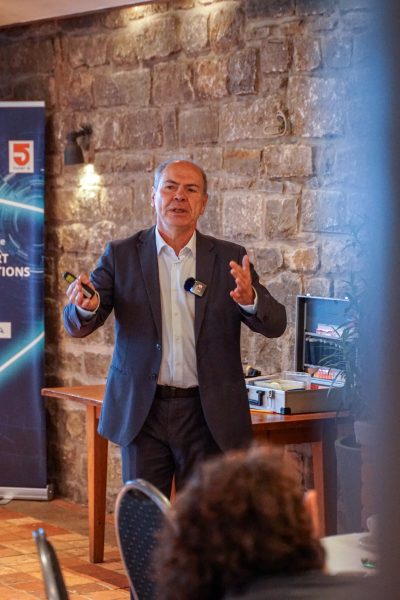
Jürgen Brömmer, Verizon Business, presented the top 5 learnings from industrial 5G campus network projects.
None of the speakers and participants at Connect2Innovate doubt that private 5G networks will play a greater role in the future. However, the question is how to drive forward this important development, which can make a tangible contribution to the competitiveness and sustainability of the German economy.
Community wants to cooperate more closely
The Federal Network Agency has awarded around 360 licenses for a local 5G network. However, only a few lighthouse projects find their way into public – it is often conspicuously quiet, and half of the licensees even remain completely anonymous. On the one hand, the projects are often not yet ready to go ahead due to delivery difficulties and other effects. In other cases, companies may be afraid of giving up valuable know-how and thus competitive advantages from the use of campus networks. This sometimes creates the impression that hardly any progress is being made – while a lot is happening behind the scenes. Such a trend is nevertheless detrimental to market development, as there is a lack of positive examples across the board that can serve as inspiration and illustrate the pressure to innovate.

Together with momentum into the new year – representatives of the 5G community want to take more joint measures to give the market a strong boost.
The 5G community therefore wants to drive the topic forward in the coming year with a whole series of measures – and inspire users to “just do it”. One thing is particularly noticeable: The players have recognized that they are all in the same boat. The will to cooperate more in order to pool the strengths of the individual players and raise awareness together is therefore one of the most important agreements reached in Würzburg. The 5G community is now growing closer together – and is gearing up for a strong start to the year 2024.
Some of the participants’ comments (in german):
https://www.youtube.com/watch?v=2zTNpyHU27Y
https://www.youtube.com/watch?v=UUKKPClr358
https://www.youtube.com/watch?v=E3FWf0AvYb8

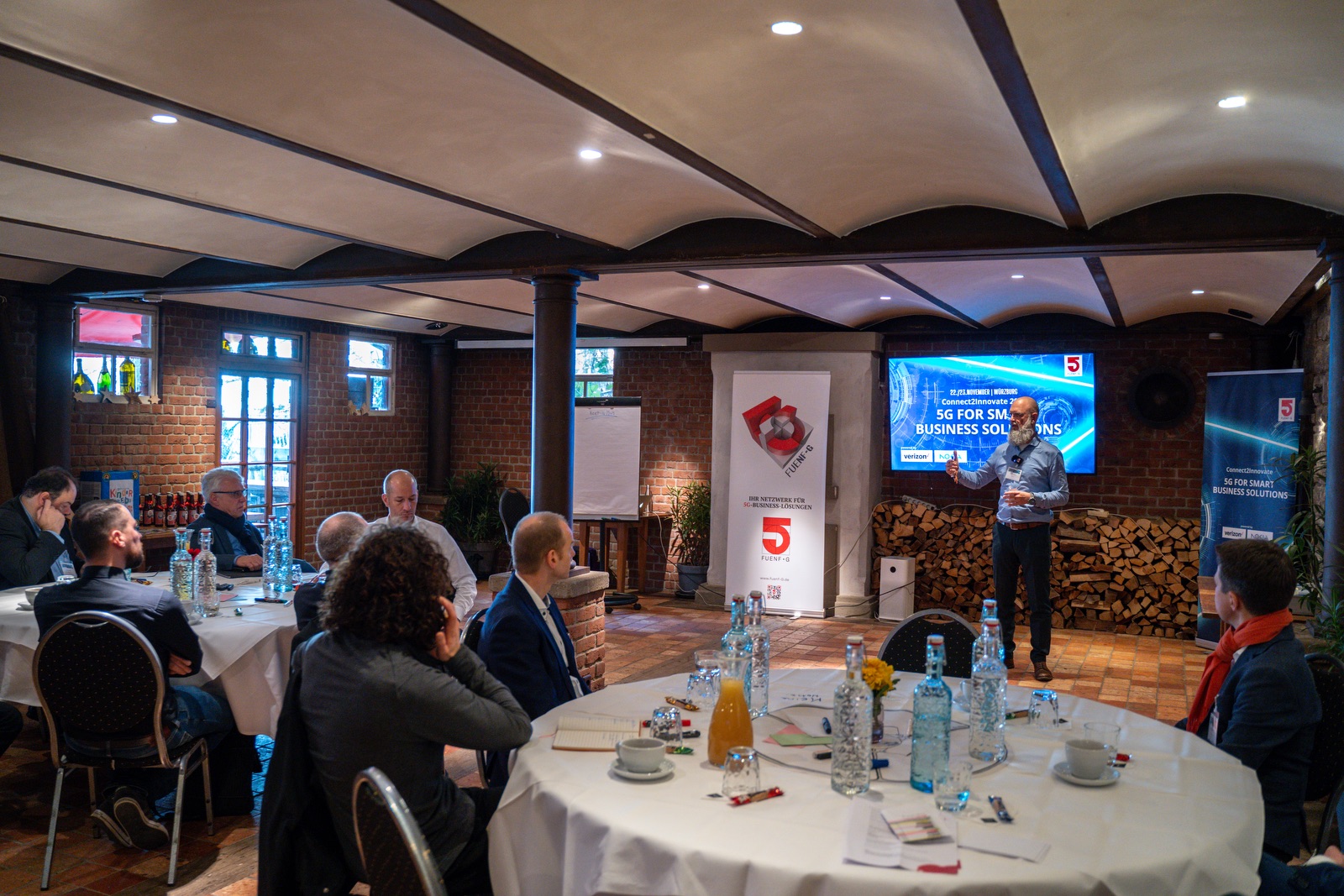
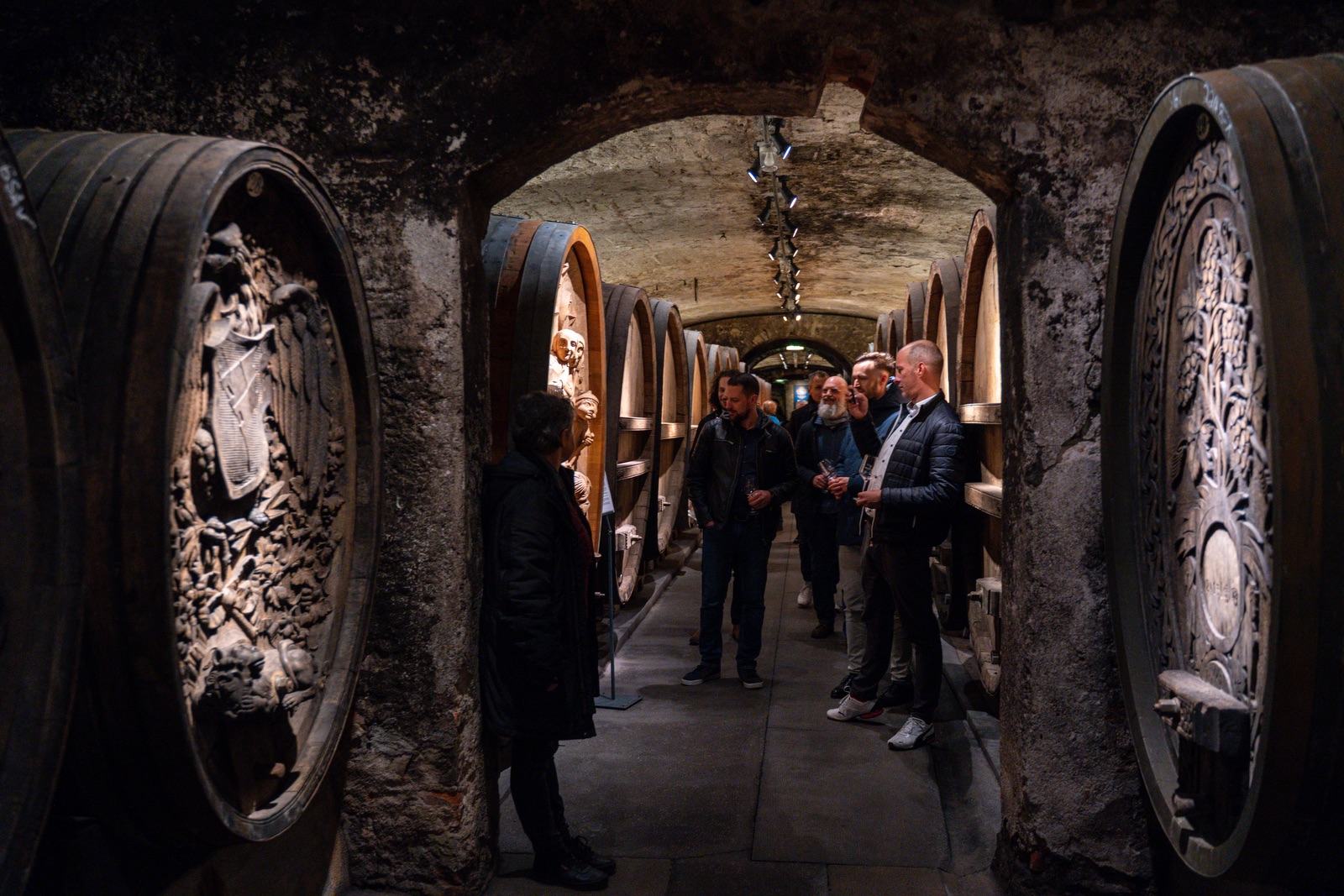
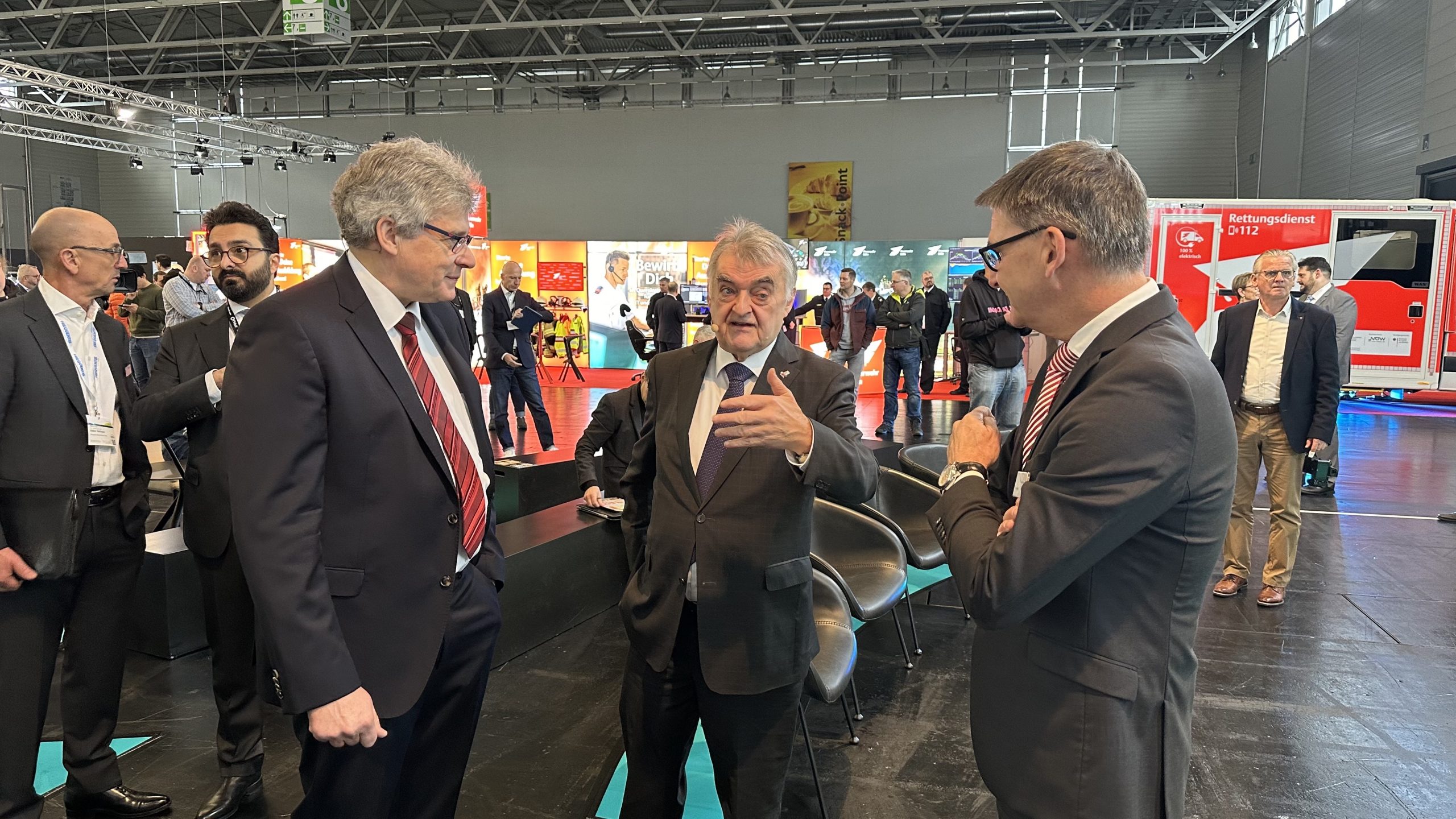


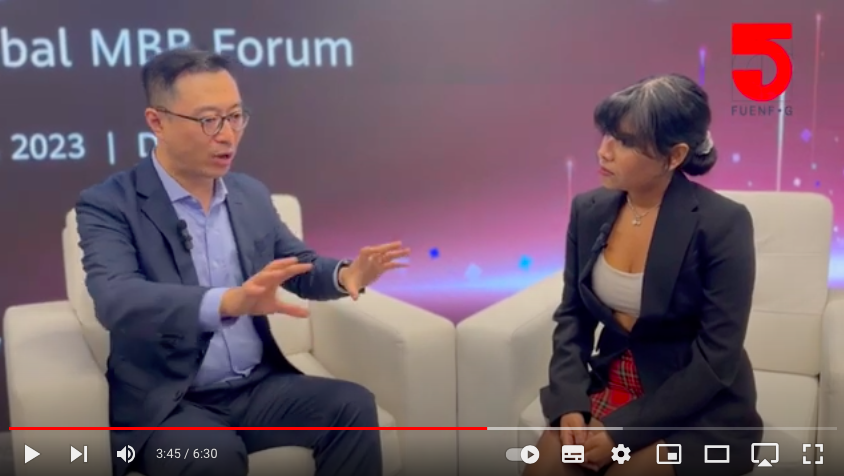



Leave A Comment